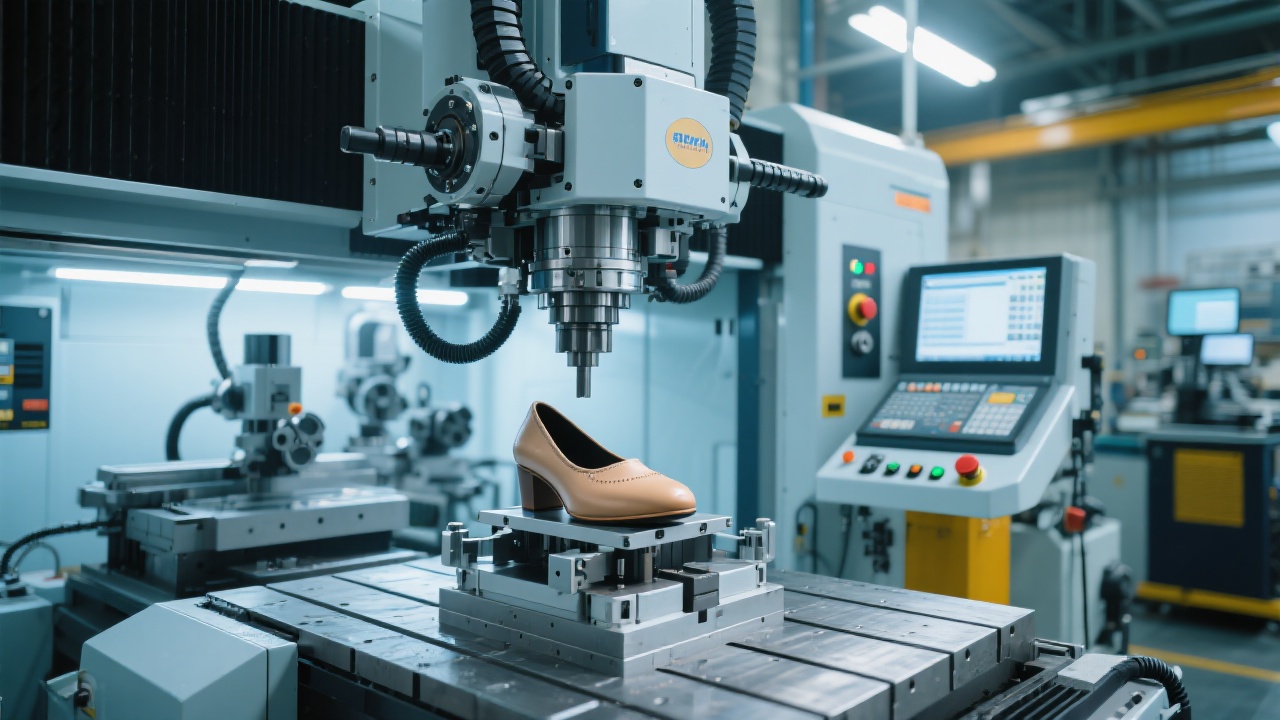
As a technician or workshop supervisor in the shoe mold manufacturing industry, you're well - aware of the challenges posed by frequent tool changes. In fact, statistics show that in a typical shoe mold machining workshop, up to 30% of the total production time can be wasted on tool change - related downtime. This not only reduces overall productivity but also increases labor costs significantly.
Let's take a closer look at the two main types of tool magazines used in five - axis shoe mold milling machines: the arm - type and the drum - type. Understanding their structural differences can help you make an informed decision on which one suits your high - speed continuous operation requirements better.

| Features | Arm - Type Tool Magazine | Drum - Type Tool Magazine |
|---|---|---|
| Structural Principle | Uses a robotic arm to pick and place tools, allowing for flexible tool selection. | Rotates the drum to align the required tool with the spindle. |
| Tool Change Speed | Can achieve an average tool change time of 3 - 5 seconds, reducing idle time. | Typically takes 7 - 10 seconds for a tool change, resulting in longer downtime. |
| Stability | Highly stable during high - speed continuous operation, with less vibration. | May experience more vibration during rotation, affecting machining accuracy. |
| Maintenance Complexity | Relatively simple, with fewer moving parts to maintain. | More complex, as the drum mechanism requires regular lubrication and alignment checks. |
The arm - type tool magazine shines in high - speed cutting operations. With its fast tool change speed, it can reduce the overall machining cycle time by up to 25%. This is especially crucial when dealing with multiple product varieties, as it allows for seamless transitions between different tool requirements.
Moreover, during long - term continuous operation, the arm - type tool magazine maintains its stability, ensuring consistent machining quality. It can handle high - load production tasks without a significant increase in error rates, which is essential for large - scale shoe mold manufacturing.

To fully leverage the benefits of the arm - type tool magazine, proper configuration and calibration are essential. Here are some practical tips:
One of our customers, a medium - sized shoe mold manufacturing company, reported a 30% reduction in overall production time after switching to an arm - type tool magazine. They also noticed a significant decrease in labor costs, as the need for manual intervention was reduced.
Interested in learning more about how an Automatic Tool Changer (ATC) system can revolutionize your shoe mold machining operations? Click here to explore how you can enhance your equipment utilization and reduce labor costs.

